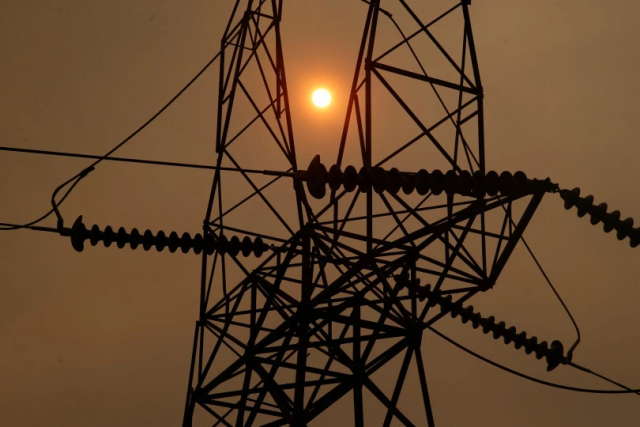NEWS Opinion: More big PG&E rate hikes if use of outdated system continues
EAST BAY TIMES: MARCH 4, 2021:
For the original, click here.
Opinion: Daniel M Kamen
If you live in Northern California, your utility bill likely will rise by 8% this month. For Pacific Gas & Electric customers, this will be the seventh year in a row of increases. The company’s rates have doubled since 2005 — and they’re going to get much worse unless PG&E changes its ways.
Simply put, utilities are spending too much money on the same outdated, unreliable system. Energy consumers are forced to rely on power plants in far-away places to distribute energy on an expensive maze of poles and wires to power our homes. We’ve already seen how running power lines through remote forests can spark massive, deadly wildfires.
But we have the technology today to reduce the risk of wildfires, lower electricity bills and provide reliable clean energy. The solution is simple: Generate and share more energy where it’s being used. The benefits are tremendous: Higher levels of reliability, flexible and smarter systems, improved environmental quality and huge environmental justice wins for frontline and under-served communities.
This is California, the land of innovation and new ideas. Yet utilities in the state are planning to spend $15 billion over the next two years on outdated energy technologies. They need to pivot to invest in decarbonization, efficiency and energy storage. It’s for their own and their customers’ financial well-being.
From this spending binge, the worst is yet to come. California regulators expect rates to go up 20%-40% in just the next three years. As we rebuild after a pandemic, who will be able to afford this?
Gov. Gavin Newsom deserves praise for his commitment to clean electricity. While utilities are poised to spend billions of dollars that will only lead to rate hikes, we have better solutions that reduce rates for everyone.
Solar and wind are the least-cost forms of generation, so let us target investments there instead. A study put together by Dr. Christopher Clack, a weather scientist formerly with the National Oceanic and Atmospheric Administration, found that an energy system built around local solar and batteries could save the United States $473 billion by 2050. A model developed in my laboratory comes to the same conclusion.
We’re already seeing the benefits of local solar and batteries here in California. In 2018, California’s Independent System Operator canceled $2.6 billion in utility spending thanks to local solar and efficiency improvements.
We should be encouraging this because the people who are hurt most by rate hikes are always those who can least afford it. Low-income communities also face the highest pollution exposure levels from generation of carbon-based energy.
It is no secret that the current utility business model of “the more you spend, the more you profit” is broken. It’s time to innovate and put communities and people at the center of the solution. Local clean energy will boost the economy, create jobs and make electricity cleaner and more affordable for everyone.
Newsom recently called for a “new paradigm” for how we produce and distribute energy. He challenged policymakers to make energy more local and to look at clean energy technology such as rooftop solar and batteries. We can meet that challenge.
UC Berkeley’s Daniel Kammen is professor and chair of the Energy and Resources Group, professor in the Goldman School of Public Policy, and professor of Nuclear Engineering. Twitter: @dan_kammen
You must be logged in to post a comment.